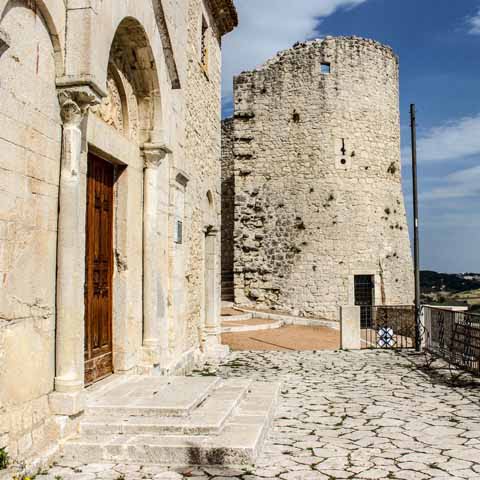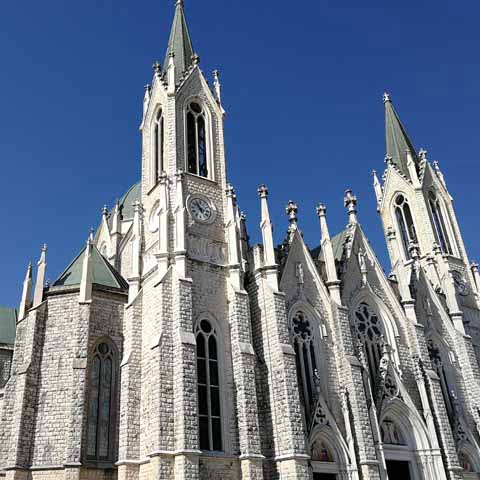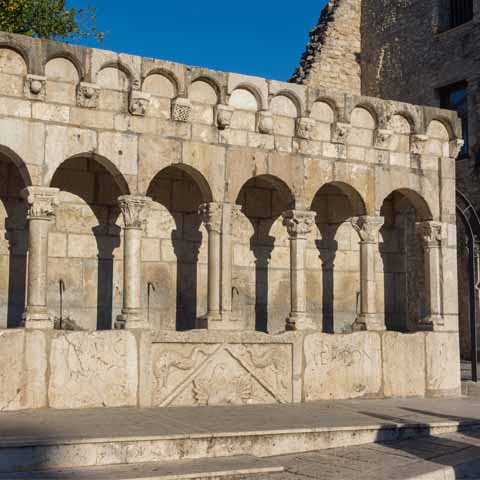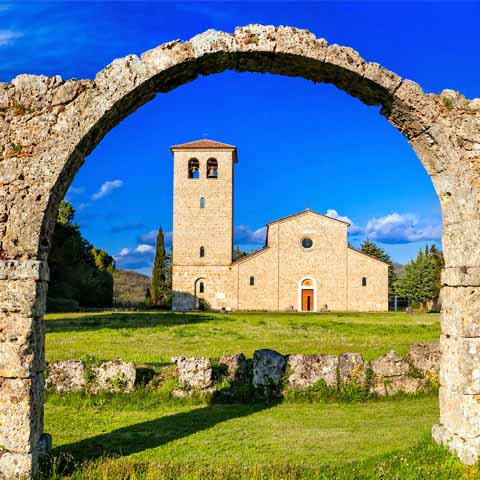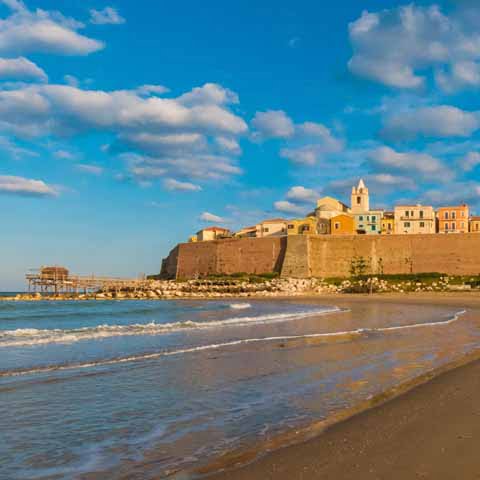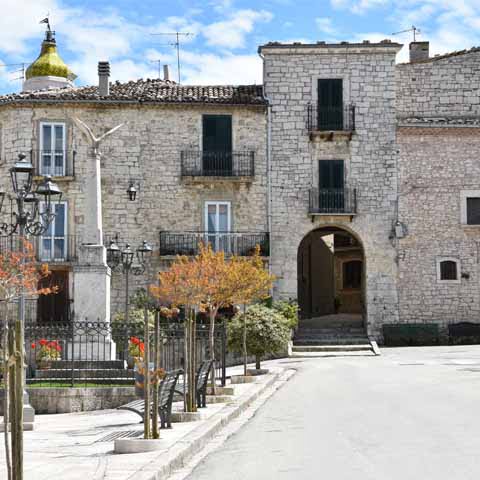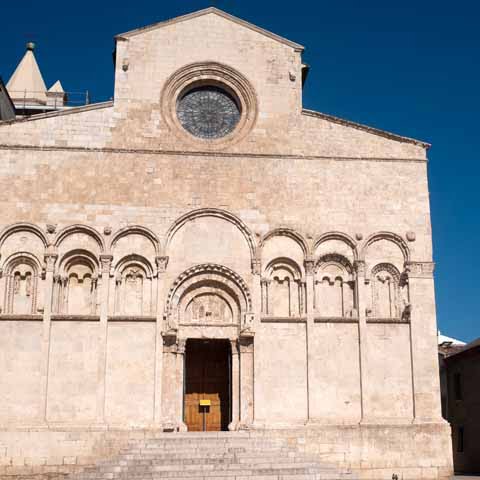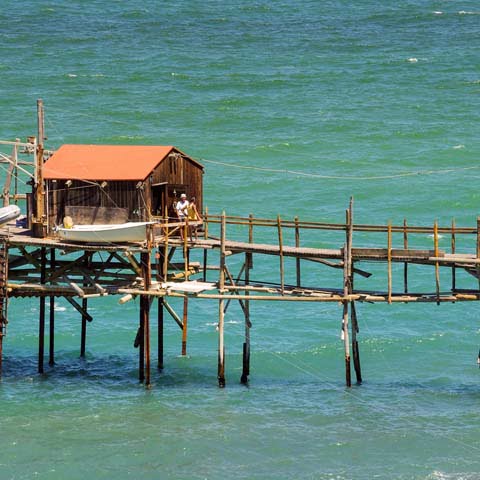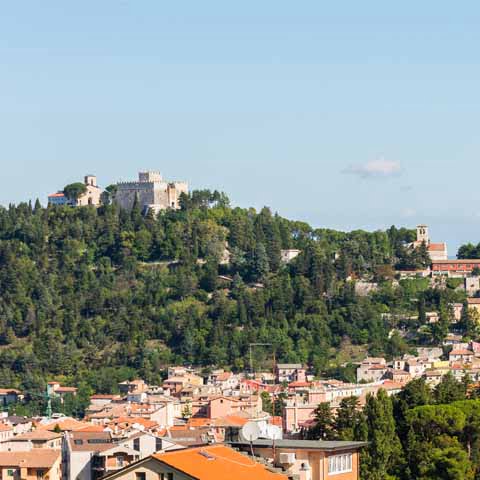Molise Travel Guide
Nestled in the heart of south central Italy between the Apennine Mountains and the Adriatic Sea is the charming region of Molise. This quiet and somewhat secluded region is a favorite for those looking to escape the frenetic pace of everyday life to unplug and revel in the nature and solitude found among the mountains, hills, and stunning coastline of Molise.
A little more than seventeen hundred square miles in size, the region is considered to be the second smallest in all of Italy. Molise is also recognized as the youngest region in Italy after its split from the region of Abruzzo in the mid to late twentieth century.
Its population of more than three hundred thousand reside in one of two provinces, Campobasso and Isernia. Throughout these provinces visitors can find traces of the area’s medieval influences in quaint villages, fortresses, and castles. Historians have concluded that Isernia was settled seven hundred thousand years ago with nearby La Pineta being recognized as the most ancient site where traces of use of fire by humans have been discovered.
While Italian is commonly recognized as the official language of Molise, some residents still speak an ancient Dalmatian dialect of Croatian and the Arbereshe dialect of Albanian. In the thirteenth century, Albanians fled to Molise and to this day, school children are often taught their native language of Arberesh and many of the area’s road signs are written in that language as well as Italian.
Much of Molise’s industrial sector is dominated by farming. With the wild and untouched landscape of much of the region, livestock and agriculture abound in the form of fruits, vegetables, olive oil, and dairy products. One of the more popular fruits in the area is the Tintilia grape, which is used for local wine production.
Transportation in this small region can be found via Pescara Airport in nearby Abruzzo, some trains and buses, and a section of Highway A14, which is the second longest highway in Italy and passes through Molise by Termoli.
The people of Molise move at a slower pace, taking delight in each and every moment. That lifestyle is reflected in the traditional cuisine in which locally grown herbs are used in the slow simmering and cooking of time honored local fare. Some of Molise’s more authentic cuisine includes locally made salami and cheese, as well as lamb, goat, pasta, and a variety of locally grown vegetables.
Geography
Molise is bordered by the country’s Abruzzo region to the north, the Lazio region to the west, the Apulia region to the east, the Campania region to the south, and the Adriatic Sea in the far northeast corner.
More than half of the landscape of Molise is in the Apennine Mountains located in the western part of the region. Much of the remaining landscape consists of large hills that gradually taper off to the coastline in the east. The mountains are a winter playground of sorts that is one of the best kept secrets of Italy. The mountains offer miles of cross country skiing in the winter and are home to a couple of popular ski resorts.
If skiing is not your thing, in warmer months outdoor enthusiasts can walk and hike along tratturi, or ancient shepherd’s paths that are sometimes still used in seasonal migrations of livestock today. The trails zig zag all over the region, offering unparalleled views of the picturesque mountains and hills of Molise.
Nestled amongst the mountains and hills of the region is the National Park of Abruzzo, Lazio, and Molise.
The park offers views of nature in what some consider to be its purest and untouched form. A journey through this national park gives guests a bird’s eye view of the lakes and forests of the area. Some visitors may be fortunate enough to see protected animals including the golden eagle, deer, Apennine wolf, Marsican brown bear, chamois, and more.
The land of this region is also home to pristine lakes and rivers fed by the Apennine Mountains. Some of the more prominent lakes include the Biferno River which flows from the Maltese Mountains, Fortore River which stretches sixty-eight miles, and Trigno River which forms a natural border between the regions of Abruzzo and Molise.
Although Italy has thousands of miles of coastline, the twenty-two miles of Molise’s sandy beaches are known to be among the most gorgeous because of their pristine conditions, breathtaking views of the Adriatic Sea, and views of the Tremiti Islands. This stretch of the coast, every inch as beautiful as the country’s other beaches but with less foot traffic, offers visitors a great deal more privacy and solitude.
Some of the finest beaches in the area include Termoli, Sant’Antonio, and Rio Vio. Termoli, a port and ancient fishing town, is known widely for its fine resorts and stunning seaside views from the palm tree lined promenade. Local ferries operate between this beach and Isole Tremiti, nearby islands that attract tourists with remarkably clear water that surrounds them. The Beach of Rio Vio is popular among sports enthusiasts who enjoy sailing and various other water sports. Regardless of which of Molise’s beaches you visit, the water is a marvelous clear blue that is perfect for diving.
Climate
Even in a smaller region such as Molise, there is still diversity in climate. As in much of Italy, the inland climate of the region is largely continental. The mountainous areas experience cold, harsh winters that are perfect for skiers. The coast of Molise experiences a more Mediterranean climate with warm summers and mild winters. Molise’s beaches are best enjoyed between the months of June and September. On average, the region as a whole is seldom rainy.
When in Molise
If you love skiing, a visit to one of the area’s world-renowned ski resorts is in order. With miles and miles of breathtaking slopes, memories are waiting to be made. Visitors should not miss the opportunity to take a chair lift to the summit of Mount Miletto, which is the highest peak of Massif Matese at more than eight thousand feet tall.
Tucked away into Molise is an example of a beautiful and sometimes forgotten local craftsmanship, Fonderia Pontificia Marinelli. The structure is a bell foundry, or factory that produces metal castings.
The chiming bells of many Italian churches may very well have been made at Fonderia Pontificia Marinelli. It is one of the oldest family businesses in the world. This particular foundry is also an artisan foundry that produces bronze portals in walls of structures like churches and a unique type of sculpture called bas-relief. Visitors may also be lucky enough to see precious church artifacts and bell restorations in progress.
The bagpipes are a rich part of the musical history of Molise. Be sure to visit the Museum of The Bagpipe in Scapoli, a town of the region that sits on the coast of the Adriatic Sea. The structure is three floors tall and includes fascinating displays of bagpipes from around the world, including their unique history.
Travel Guides
Cities of Molise
